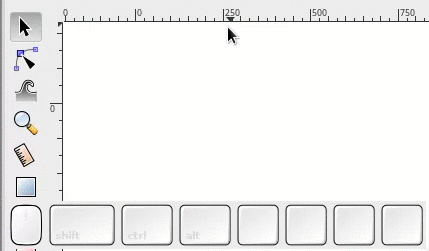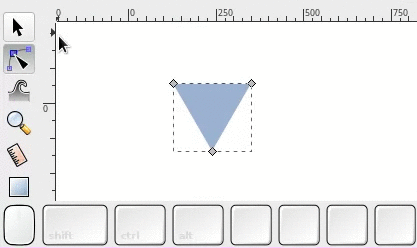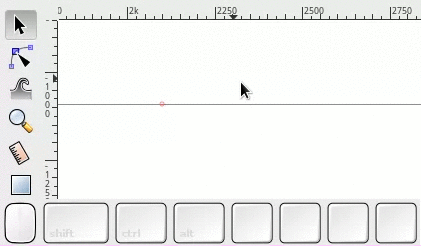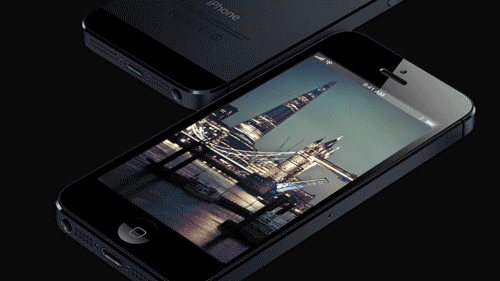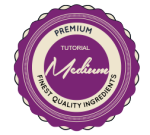بعد أن قمنا بتوضيح الأدوات والمواد المستخدمة في رسم المصاحف الحجازية بقي لنا أن نستعرض خصائص الخط الحجازي كخطوة أخيرة في سلسلتنا عن الخط الحجازي. وسيجد بعض القراء ثقلاً في هذه المقالة لما تحويه من الخصائص الفنية التي لا تروق في الغالب إلا للمتخصصين فأرجو المعذرة ممن ليس لهم فضول في معرفة تفاصيل قد عفى عنها الدهر وأصبحت شيئاً من الماضي.
ولقد أمضيت عدداً من الأشهر خلال هذه السنة في دراسة الخط الحجازي وتعلمت بعض الحقائق اللطيفة عنه. وبالرغم من أهمية هذا الخط فيما يتعلق بجذور وأصل الخط العربي فإن المعلومات المتوفرة عنه قليلة (وخاصة بالعربية) والإهتمام به قليل (وخاصة عند العرب). ولا أدّل من ذلك إلا هذا الفلم الوثائقي الذي ظهر على قناة الجزيرة الوثائقية منذ فترة وهو مليء بالأخطاء التاريخية والفنية فيما يتعلق بالحرف الحجازي.
وظاهرة قلة المعرفة بالخط الحجازي لها أسباب، نذكر منها صعوبة قراءة النص لغرابة شكل الحروف في نصوص المخطوطات الحجازية عمّا يعرفه…
View original post 1,838 more words






